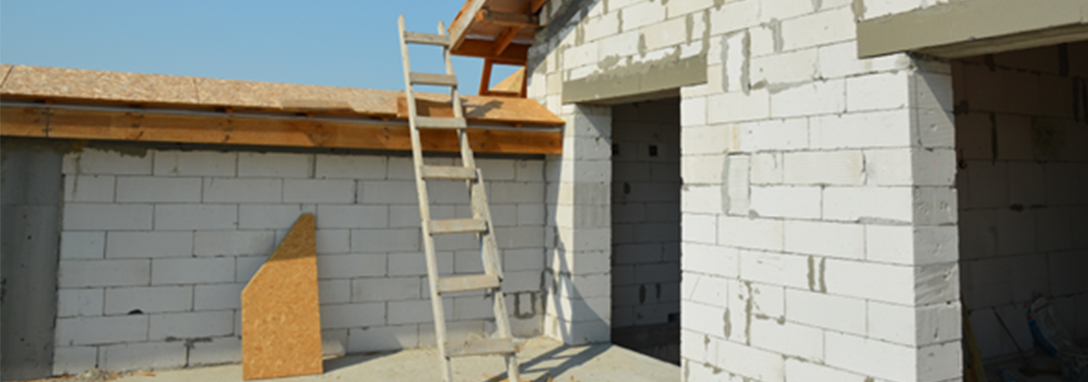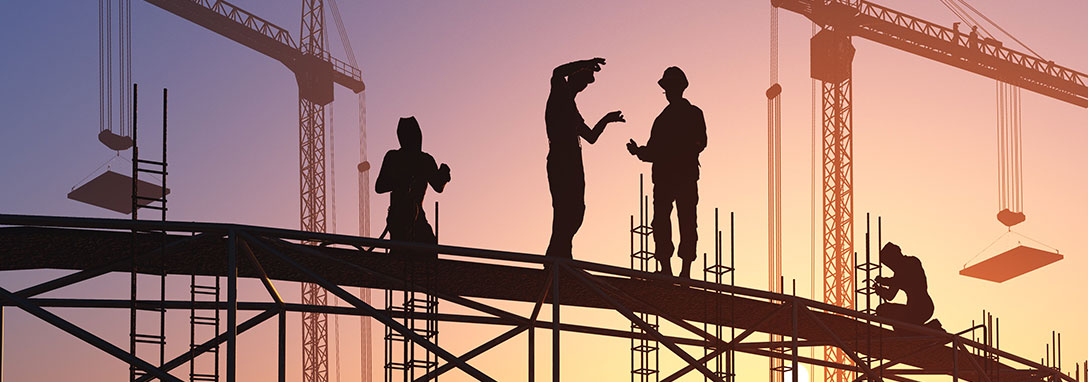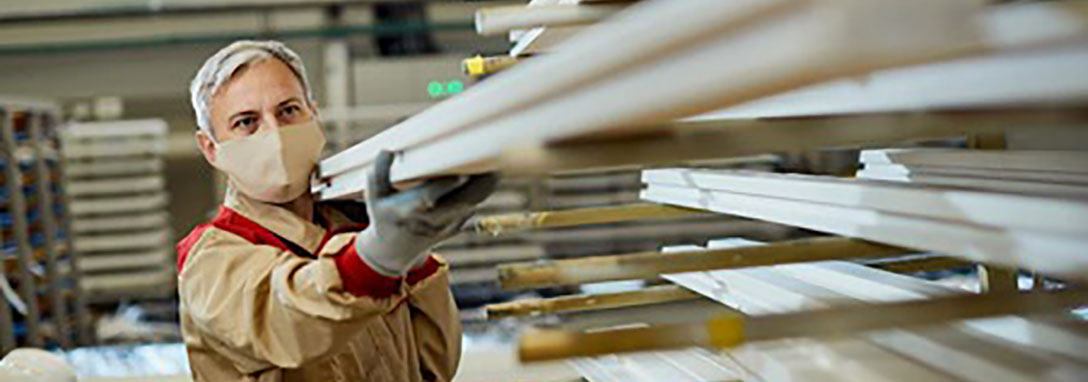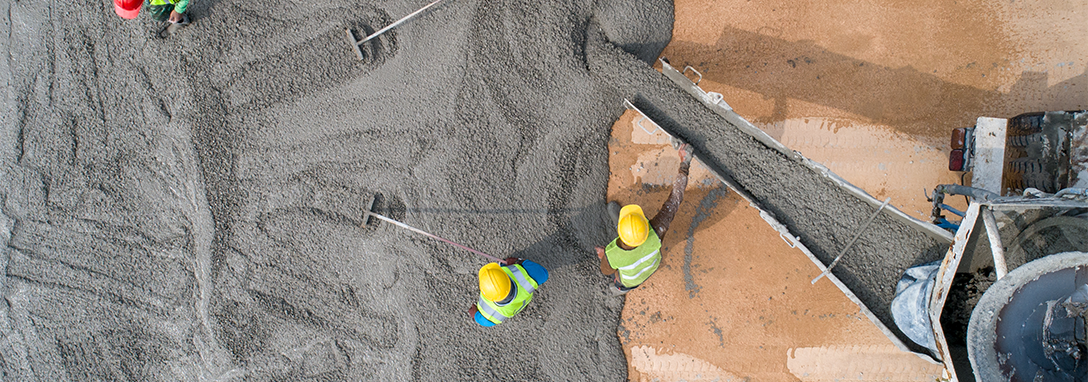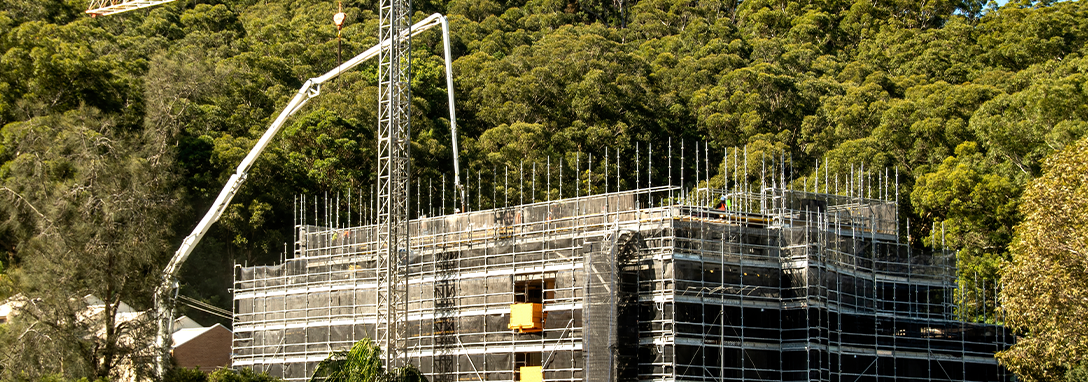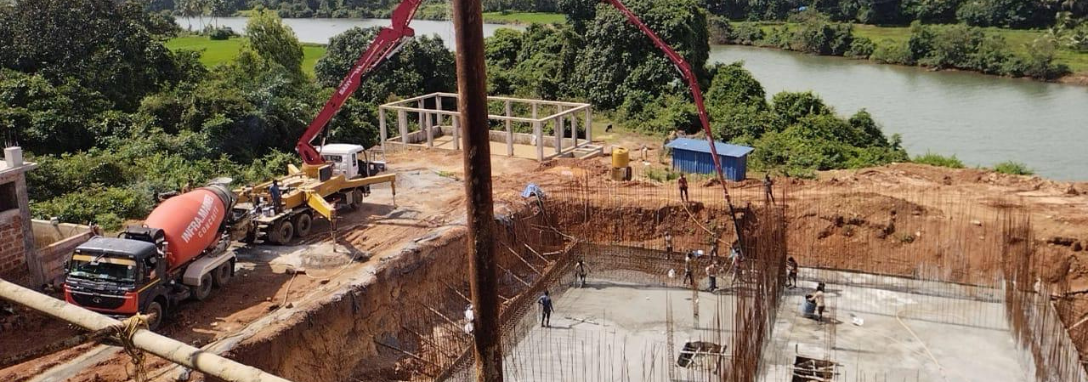Decoding the AAC Block Revolution: Six Aspects of Cracks, Its Causes, and Solutions
Over the last decade, these remarkable blocks have been causing quite a stir in the construction scene. They're making appearances everywhere, from integrated townships to massive housing projects for urban underprivileged communities, IT/ITES parks, towering skyscrapers, and even the economic hubs known as Special Economic Zones (SEZs).
However, AAC blocks are still a bit of a mystery to some folks in the Indian construction landscape, especially at the grassroots level. They're the cool new kids on the block, but not everyone has received the memo on how to use them effectively. This knowledge gap has sometimes led to problems like cracks and weaker structures. Thus, it's important to clarify that using AAC blocks does not inherently cause cracks. Instead, several factors can contribute to the formation of cracks in walls. Here are the six top reasons behind the occurrence of wall cracks:
1. Structural Movements:
Cracks can occur due to alterations in the length, curvature, or orientation of structural components. To mitigate the risk of cracks, it is advisable to postpone masonry work on the wall until the framework has stabilized and adapted to its intended position.
2. Floor Deformation and Movement:
When floors deflect under the weight they bear, it can result in wall deformation and the formation of cracks. Thus, it is better to incorporate joint reinforcement or nominal bond beams between intervals of 900 mm to 1200 mm. This reinforcement enhances the structural strength and stiffness, effectively serving as a preventive measure against cracks.
3. Ceiling Deflection and Movement:
Ceilings above partition walls may deflect under the influence of various loads and movements, potentially leading to cracks along the wall. In this case, it is advisable to incorporate a 5-10mm gap filled with resilient materials, such as aggregates or lean mortar, between the ceiling and the wall.
4. Deflection or Movements of Structural Abutments:
An abutment is a substructure used to support the load at the ends of a bridge or dam. This structure against which a wall or partition can sometimes experience deformation due to various factors like loads, settlement, thermal effects, or shrinkage. To forestall the occurrence of wall or partition cracking stemming from these movements, putting a slip joint, preferably filled with resilient materials or lean mortar, is a good idea.
5. Wall Movements due to Temperature and Moisture:
Cracks in AAC walls frequently arise from the expansion and contraction caused by temperature and moisture variations, generating tensile stresses. Thus, it is necessary to establish moisture content thresholds by integrating steel reinforcement within nominal bond beams or incorporating control joints to accommodate the changes in the wall structure.
6. Wall Cracking from Drying Shrinkage:
A Drying Shrinkage occurs when capillary moisture is lost, resulting in hardening of the concrete through contraction. Thus, to combat drying shrinkage, it is crucial to choose the perfect material. And this is where AAC (Autoclaved Aerated Concrete) blocks come into play. By utilizing thoroughly autoclaved High-quality Infra.Market AAC blocks, you can revolutionize your construction projects, creating robust structures that truly embody their essence of 'Majboot Blocks, Majboot Deewarein'.
From the above points, one fact becomes evident. Knowledge is power in the construction sector. As AAC blocks continue to rise prominently, understanding their strengths and vulnerabilities is the key to building a solid foundation for a brighter, more crack-free future in Indian construction. Keep exploring, keep innovating, and most importantly, keep BUILDING REVOLUTIONS!


